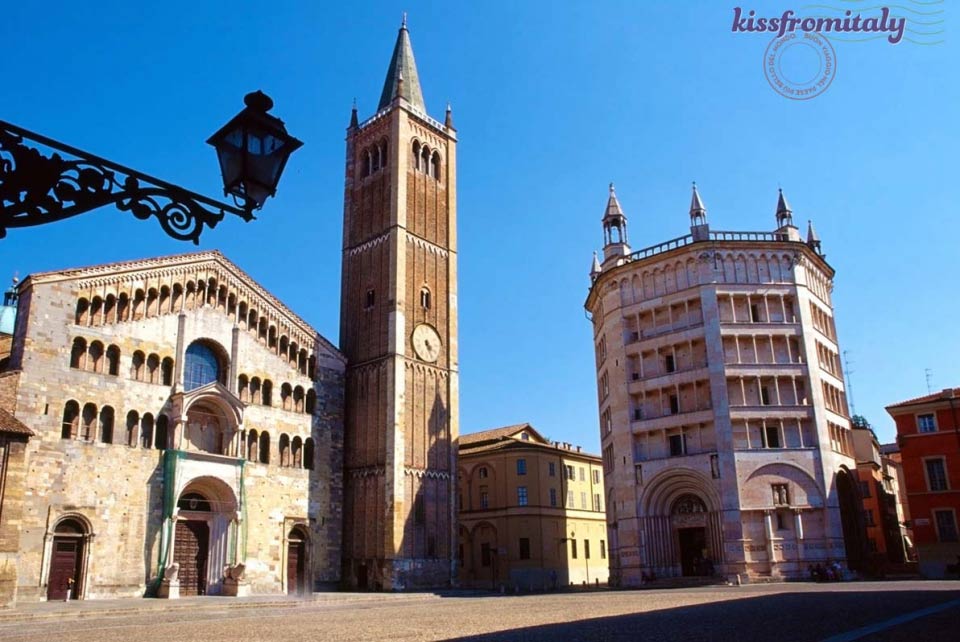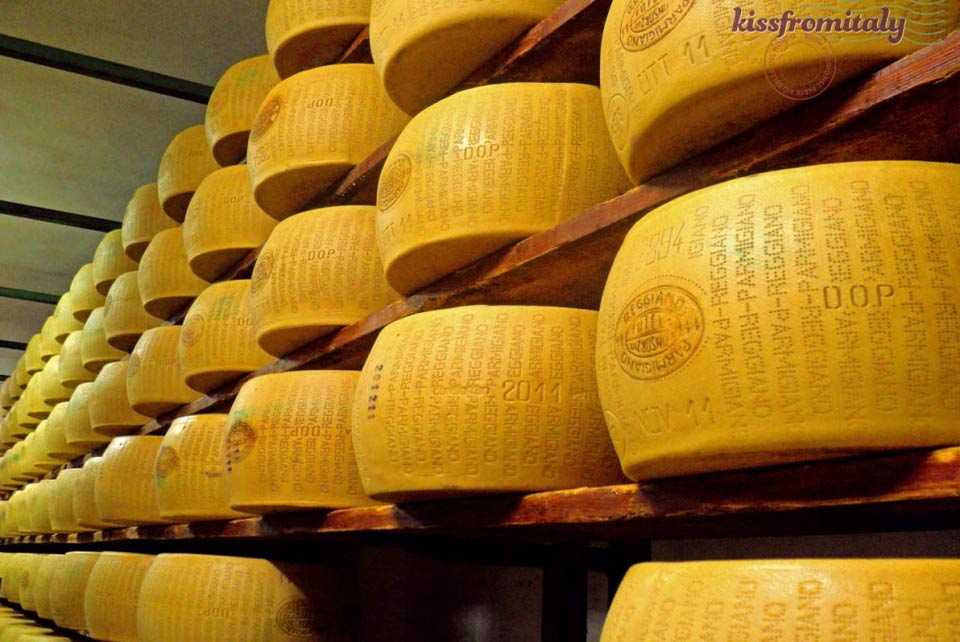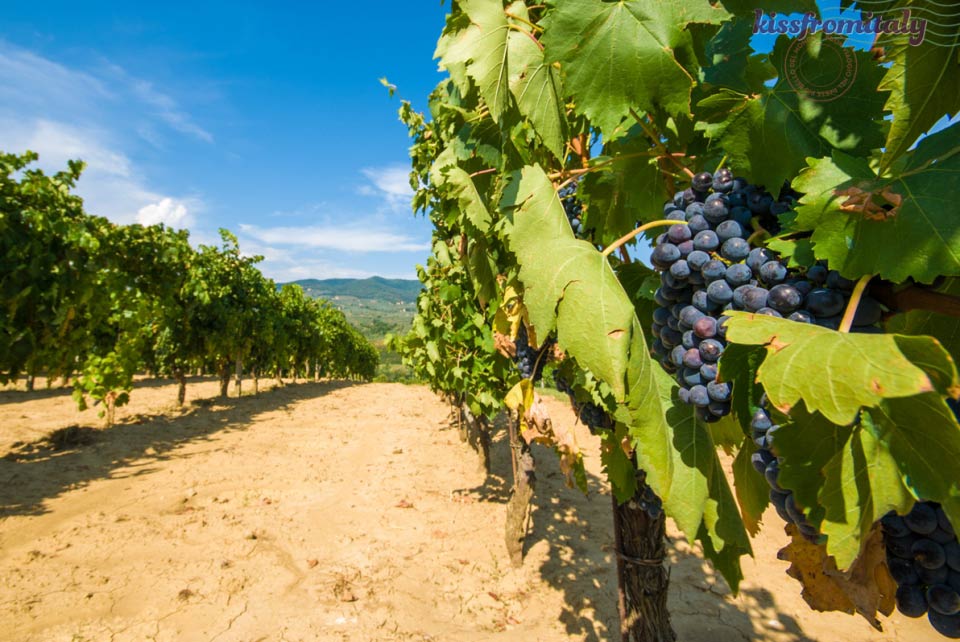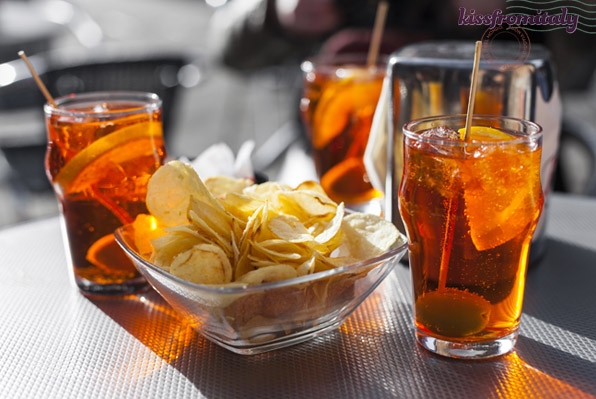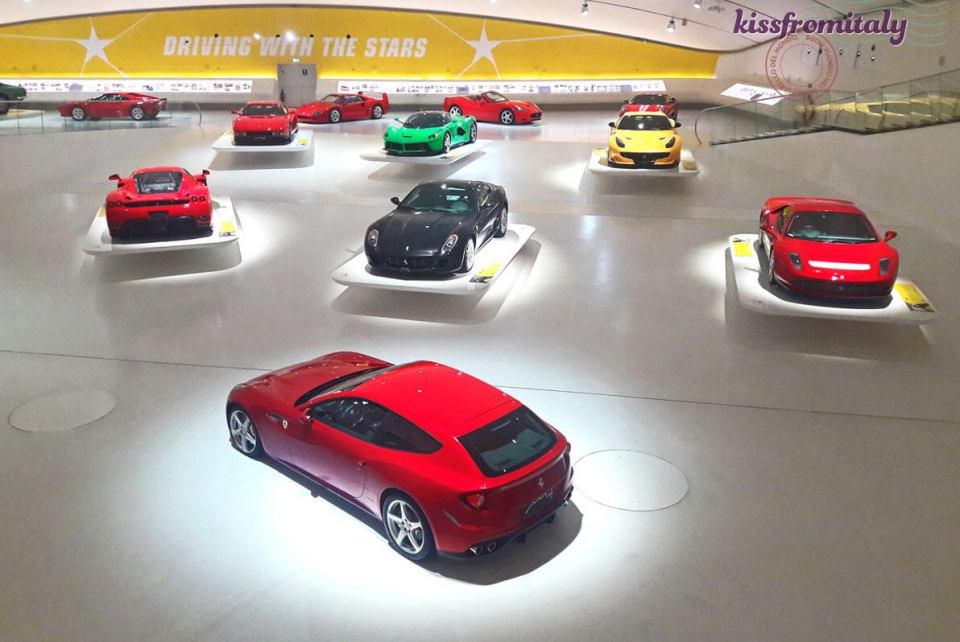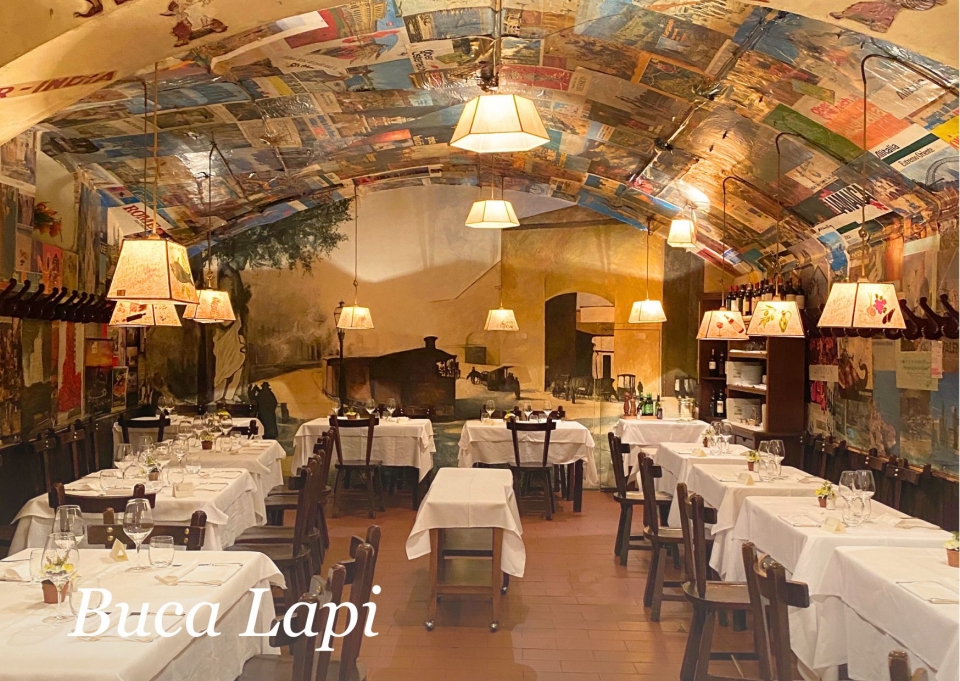
What to see, eat and do in Parma
Parma is a northern city in the Italian region of Emilia-Romagna. It’s fairly small and divided by a river, has many green spaces, and parks, countless places to eat, drink and shop. Equally perfect for a romantic trip away, or if you had children.
What to buy
Around the center of Parma there are many old deli’s and pharmacies. In fact in Parma you can buy and appreciate food, but also fragrances. Think about Acqua di Parma, the luxury company that today produces fragrances, candles, bathrobes and leather accessories - it was founded in 1916 in a small perfumer's laboratory in Parma.
Prosciutto di Parma (Parma Ham), Parmigiano-Reggiano (Parmesan Cheese) plus sparkling wines are this regions speciality, particularly the famous Lambrusco wines made just to the east of Parma, around Modena, together with balsamic vinegar. For vintage lovers, there is Mercanteinfiera, an international antique and collectable fair, held twice a year - always full of treasures.
What to eat
Try of course the Parma ham and the Parmesan, but also the very prized cured meat called Culatello di Zibello. Italian usually pair cured meats with gnocco fritto, which are small pillows of fried dough, also amazing with chutneys and cheese such as Gorgonzola. Tortellini in brodo, which can be made with meat or vegetarian with cheese inside, a filled tortellini in a broth. Also Ravioli di zucca, which is pumpkin filled ravioli. Another speciality is ricotta filled egg ravioli served with butter, sometimes sage infused, and always with more Parmigiano.
What to see
Teatro Regio is the opera house. Replacing an obsolete house, the Teatro Regio achieved prominence in the years after 1829, and especially so after the composer Giuseppe Verdi, who was born thirty kilometres away, had achieved fame. With many golden and red velvet floor to ceiling boxes, owned by families in the area, crossing the expanse of the whole theatre. The owners of which are given first refusal on any upcoming performances, before being offered to the public. It might be tricky to get a ticket, but I was told that the spectacle if you can, is unmissable and reward enough.
Parma Cathedral hosts an incredibly famous painting, depicting the assumption of Mary into heaven, and painted in an illusionist style that was to become famously known and influential.
The Baptistery of Parma (next door the Cathedral) is an amazing octagonal pink marble building, again with a ceiling heavily decorated. It has statues depicting the seasons and the zodiac, and a huge baptismal font, from when full immersion was the norm.
Teatro Farnese, the wooden theatre. It has a rich and troubled history, built quickly (only taking one year) from wood, and then disguised as marble to give the illusion of grandeur. It was built to symbolise the joining of two Italian families, and the passing of Cosimo II de’ Medici through Parma, on his way to Milan. Unfortunately as the building was finalised, Cosimo II de’ Medici grew ill and died, so never visited. It wasn’t until 10 years later that they opened the building, and an incredible show was put on, the climax of which was an extraordinary naval battle. They flooded the ground floor of the theatre via a number of pumps located underneath the stage, and ships floated on the water. It was only used another 8 times, before it was abandoned and left to ruin. It was bombed during the second world war, and completely destroyed. However it have now been painstakingly restored, leaving the wood exposed, you can see the true nature of the building below.


